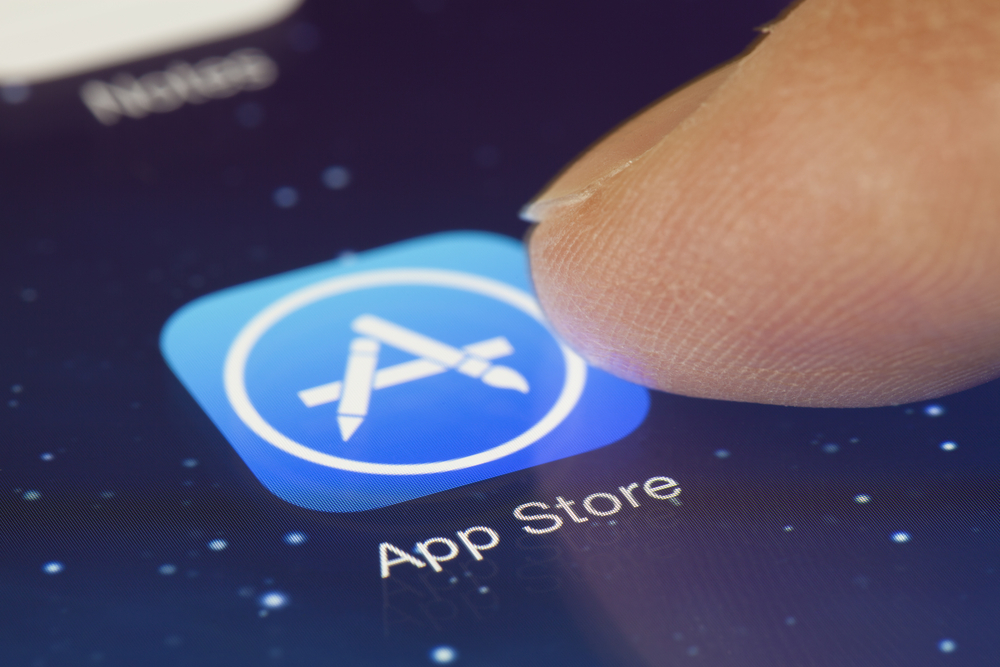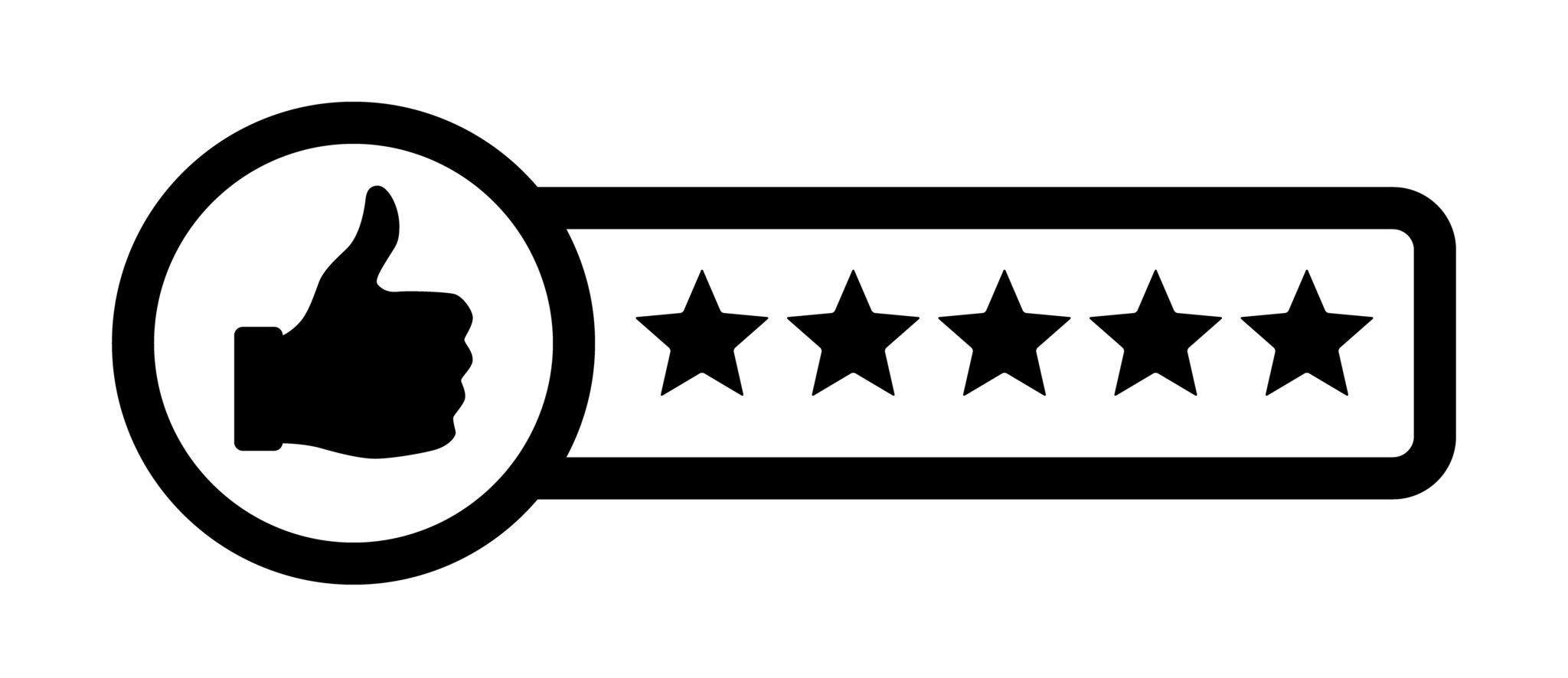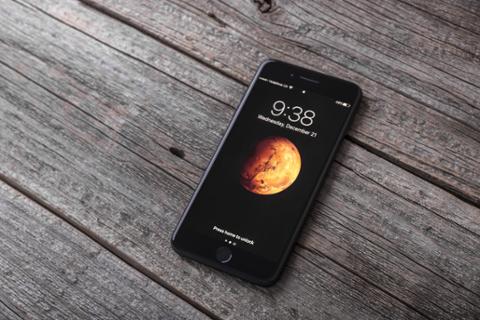
Bogdan Popescu, the developer behind the popular iOS app Dash, recently
caused a stir when Apple deleted his account. The company accused Popescu's company, Kapeli, of generating fake reviews, a big no-no in the App Store. Opinions differ on what really happened, with Popescu blaming the whole thing
on a misunderstanding. Whatever the root cause, the situation reinforces the need for developers to secure real reviews for their apps, and as quickly as possible, if they want to continue drawing downloads and engagement. The Dash-Apple scenario is a good primer on best practices for avoiding App Store disaster. The account distributing Dash had secondary accounts linked to it, and at least one of those accounts was reportedly soliciting fake reviews. Popescu claims he had no idea what the linked account was doing, and that he was only helping someone else by paying for their developer account (first strike) with a credit card linked to his own developer account. Apple took a hard-line stance by insisting that the developer’s account was (at least in a roundabout way) responsible for fraudulent reviews. If you’re looking for a happy outcome here, there isn’t one, at least not yet. Apple says it notified Popescu of the activity, and the deletion seems to be a result of his lack of action to remedy the situation. That’s a scenario no developer wants to experience; if you’re going to fix your livelihood to someone else’s wagon, you’d better learn how they steer so you can lean into the turns. Sadly, fake reviews are how some entities online make a living: a developer or company pays a fee to have someone seed fake reviews into the App Store. The accounts leaving those reviews are often telltale, but can still fly under the radar. (Nor is the App Store alone: fake reviews are also evident on Amazon, which has also become more aggressive about deleting fraudulent ones.) Even so, you don’t have to sit back and hope your app miraculously lands real reviews once it's out in the real world. There are a few ways to get public feedback from honest users that can provide valuable insights into your software:

Get Press Involved
One of the best ways to get your app seen by millions is to invite press to test it. Get press involved when you’re in the final beta testing phase, when you're sure the app is about as solid as it can be. If you’re considering whether to build new features, make a decision on whether or not they’ll be included before asking press to test an app. It’s also critical to target the right publications. While
The Verge has a huge audience, for example, it’s not likely to pick up on your iOS GitHub client that uses a bot to respond to pull requests (please don’t make that app). But iMore or
9to5Mac just might, and those types of publications will hit the right audience: developers and iOS enthusiasts. Even with the media using your app, it’s best to have a press packet available in the cloud. Screenshots, GIFs, FAQs and an announcement post are all really handy. If you’ve made a video of your app, hosting it on YouTube is a good idea (the embed code works on just about any blog format).
Create Your Own Launch Day Chatter
While press reviews are an awesome way to get your app noticed, there are other avenues you should pursue.
Product Hunt is pretty ubiquitous as a launch-day hype engine for new stuff, and a place many blogs find cool new items anyway. It’s a great way to reach out to users, and lets your engage people with questions via a forum tool. Blog posts also work, and
Medium is a go-to for hosting if you’re not into manually managing your own site. It also has a robust community of readers, and you can tag your post with topics relating to your product to make sure your post surfaces in front of the right people. If your new app is suitably developer-focused,
Hacker News can also be a good resource. Just know that if it doesn’t make sense for a developer audience, it won’t get much attention. Proceed with caution.

Beyond Day One
Data shows that engaging users early is paramount, as the usage drop-off after Day One tends to be steep. Promotional methods such as discounts on paid apps tend to encourage users to take a risk on your software, but that’s the easy part; keeping the energy flowing is another. In-app notifications, tastefully done, often encourage users to leave reviews. A large beta testing pool can help you get beyond version one and create a community around your app. As far as the App Store goes, each updated version of an app forces the review process to start over again. While reviews of older versions are still available, they’re obfuscated so that new users are not mislead about features that may have been added, changed or removed that aren’t represented in older reviews. With that in mind, it’s important not to update an app too often. While adding features is always fun for users, it’s wise to balance changes with how new customers may perceive an app. If your app has 50 reviews and 4.5 stars, but shows no current reviews, the unwitting customer may be thrown off by the lack of user feedback. And that’s where buying solicited reviews seems attractive; but it’s best to revisit the steps that got you there. A tweet, in-app notification or change-log note asking for reviews goes a long way if you’ve got a core user base that’s excited about your app. Similarly, changes that affect your app’s flow might be good fodder for a second (or third… or fourth) round of media attention. Your app may not get a fresh batch of 30 new reviews each time you iterate, but a few solid ones make a good case for new users to give it a shot. Data trends suggest long-term users are hard to hold onto, and there’s nothing like that initial buzz to capture a dedicated audience.
 Bogdan Popescu, the developer behind the popular iOS app Dash, recently caused a stir when Apple deleted his account. The company accused Popescu's company, Kapeli, of generating fake reviews, a big no-no in the App Store. Opinions differ on what really happened, with Popescu blaming the whole thing on a misunderstanding. Whatever the root cause, the situation reinforces the need for developers to secure real reviews for their apps, and as quickly as possible, if they want to continue drawing downloads and engagement. The Dash-Apple scenario is a good primer on best practices for avoiding App Store disaster. The account distributing Dash had secondary accounts linked to it, and at least one of those accounts was reportedly soliciting fake reviews. Popescu claims he had no idea what the linked account was doing, and that he was only helping someone else by paying for their developer account (first strike) with a credit card linked to his own developer account. Apple took a hard-line stance by insisting that the developer’s account was (at least in a roundabout way) responsible for fraudulent reviews. If you’re looking for a happy outcome here, there isn’t one, at least not yet. Apple says it notified Popescu of the activity, and the deletion seems to be a result of his lack of action to remedy the situation. That’s a scenario no developer wants to experience; if you’re going to fix your livelihood to someone else’s wagon, you’d better learn how they steer so you can lean into the turns. Sadly, fake reviews are how some entities online make a living: a developer or company pays a fee to have someone seed fake reviews into the App Store. The accounts leaving those reviews are often telltale, but can still fly under the radar. (Nor is the App Store alone: fake reviews are also evident on Amazon, which has also become more aggressive about deleting fraudulent ones.) Even so, you don’t have to sit back and hope your app miraculously lands real reviews once it's out in the real world. There are a few ways to get public feedback from honest users that can provide valuable insights into your software:
Bogdan Popescu, the developer behind the popular iOS app Dash, recently caused a stir when Apple deleted his account. The company accused Popescu's company, Kapeli, of generating fake reviews, a big no-no in the App Store. Opinions differ on what really happened, with Popescu blaming the whole thing on a misunderstanding. Whatever the root cause, the situation reinforces the need for developers to secure real reviews for their apps, and as quickly as possible, if they want to continue drawing downloads and engagement. The Dash-Apple scenario is a good primer on best practices for avoiding App Store disaster. The account distributing Dash had secondary accounts linked to it, and at least one of those accounts was reportedly soliciting fake reviews. Popescu claims he had no idea what the linked account was doing, and that he was only helping someone else by paying for their developer account (first strike) with a credit card linked to his own developer account. Apple took a hard-line stance by insisting that the developer’s account was (at least in a roundabout way) responsible for fraudulent reviews. If you’re looking for a happy outcome here, there isn’t one, at least not yet. Apple says it notified Popescu of the activity, and the deletion seems to be a result of his lack of action to remedy the situation. That’s a scenario no developer wants to experience; if you’re going to fix your livelihood to someone else’s wagon, you’d better learn how they steer so you can lean into the turns. Sadly, fake reviews are how some entities online make a living: a developer or company pays a fee to have someone seed fake reviews into the App Store. The accounts leaving those reviews are often telltale, but can still fly under the radar. (Nor is the App Store alone: fake reviews are also evident on Amazon, which has also become more aggressive about deleting fraudulent ones.) Even so, you don’t have to sit back and hope your app miraculously lands real reviews once it's out in the real world. There are a few ways to get public feedback from honest users that can provide valuable insights into your software: 




